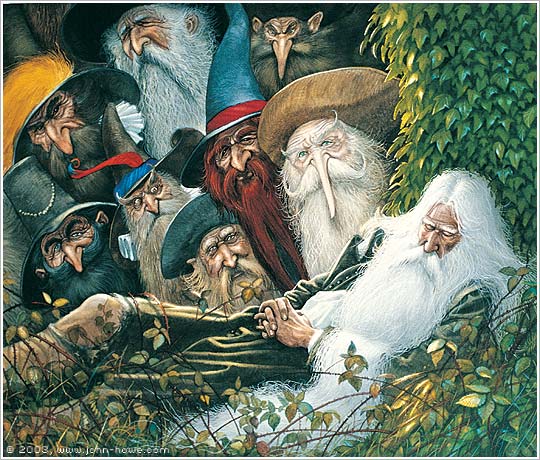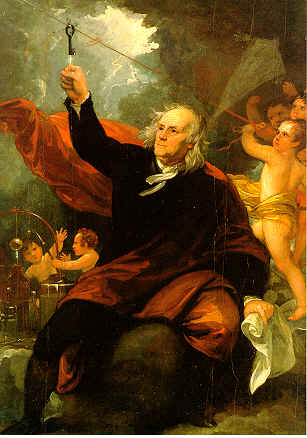
When the first settlers left Europe, they were in search of a new world. To find a world that would enable them to start their lives over. They stumbled upon a land, which was later called America, and set out to make it a sort of new “Eden.” This must have been where the idea of American innocence came from. This is the idea that Americans are believed to do no wrong, the belief that they are untainted by the sins of others and that Americans posses countless knowledge that guarantees success where others may fail. Of which is the almost total opposite of the idea of natural depravity. Natural depravity refers to human nature. As in human are naturally corrupt and sinful due to Adam and Eve. The idea of American innocence is not the theme in Nathanial Hawthorne’s “The Birthmark.” A few gothic elements in this story are a lady in distress and an air of suspense. This is the story of a hideous birthmark on the cheek of a beautiful wife (Georgiana). Although beautiful the husband (Aylmer) shutters at the glance the unattractive birthmark and he generates a plan to remove it. The husband conducted an experiment on his beloved wife to remove the birthmark. The birthmark did go away, but the wife died. And turns out this husband had many failed experiments. This goes against the idea of American innocence. The fact that he even allowed worldly imperfections to hunt him so is one strike against it, and the other is that his experiment failed. In light of natural depravity this story gives light to the fact that human are not perfect beings. Another gothic story written by Edgar Allen Poe named, “The Black Cat” entertains the conflict between the idea of American innocence and the idea of natural depravity. A few gothic themes in this story are superstition and unexplainable events. This story entails the life of an animal lover that kills his favorite pet out of anger. He also kills his wife, because of the pet he once adored. The idea of American innocence is totally swept away by these actions. But the idea of the nature of natural depravity thrives. Nothing but a life in Christ can change a humans natural ways. By nature humans are horrible creatures, and it is only by God’s grace that we succeed. Plus, no amount of knowledge or experiment can change this. This is the conflict between American innocence and natural depravity that humans under any distinction are not perfect and are born under sin.



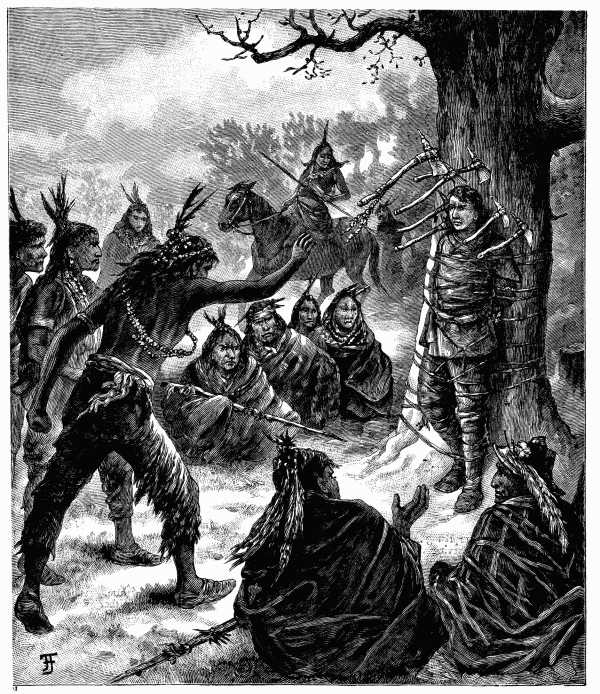







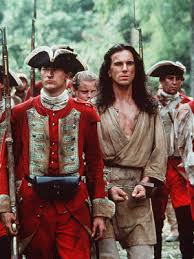
























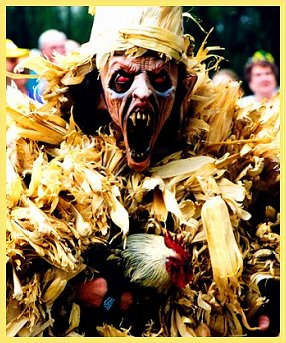







 until the Easter Holiday. This celebration, when compared to Puritanism is a stark opposite to what Puritans viewed the days before Lent. For Puritans, the days before Lent were supposed to be for prayer and reflection; Mardi Gras is the opposite. Now days, Mardi Gras has turned more away from the traditional and has been lost in translation with the growing popularity of flashing one's boobs to get plastic beads. While, indeed Mardi Gras is supposed to be a time of celebration, it is still a religious holiday as well. In many countries, especially in
until the Easter Holiday. This celebration, when compared to Puritanism is a stark opposite to what Puritans viewed the days before Lent. For Puritans, the days before Lent were supposed to be for prayer and reflection; Mardi Gras is the opposite. Now days, Mardi Gras has turned more away from the traditional and has been lost in translation with the growing popularity of flashing one's boobs to get plastic beads. While, indeed Mardi Gras is supposed to be a time of celebration, it is still a religious holiday as well. In many countries, especially in 